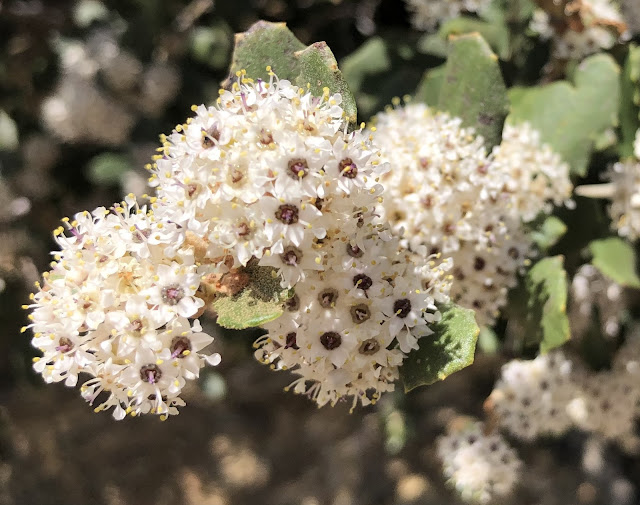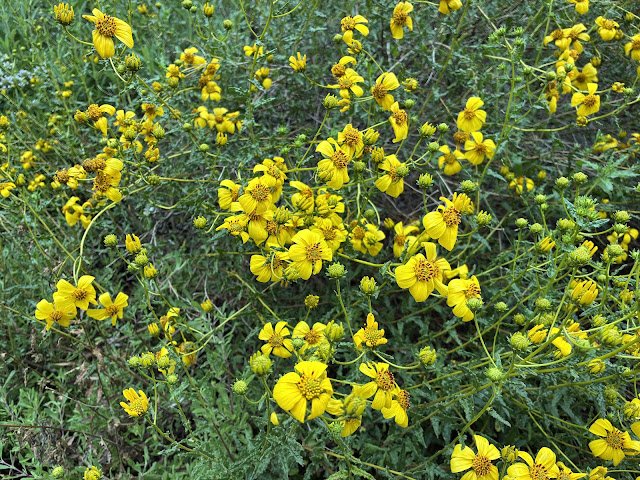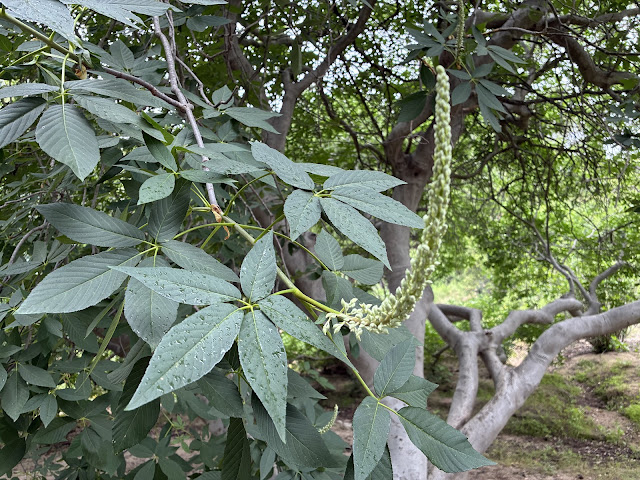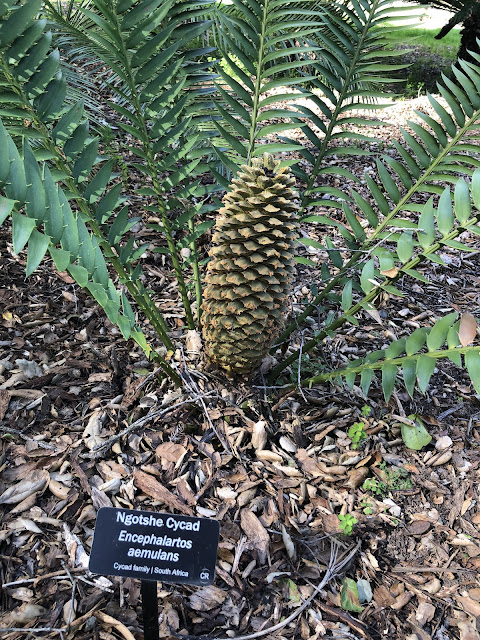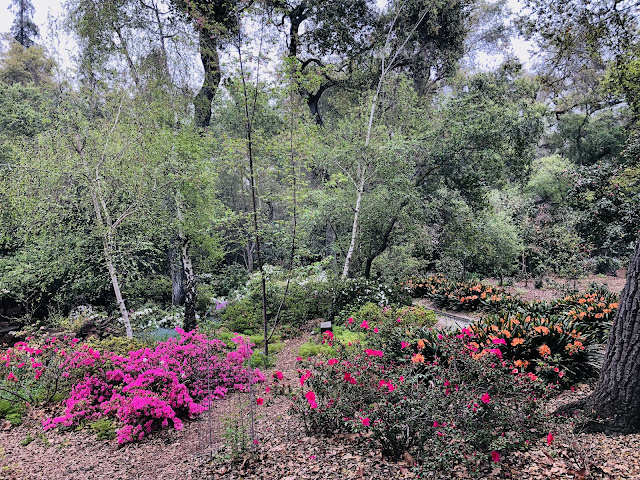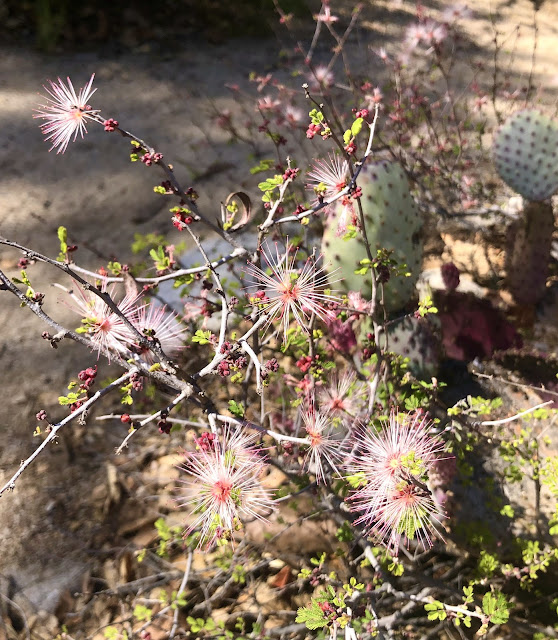"My entire delight was in observing without being myself noticed - if I could have been invisible, all the better - to be in the midst of it, and rejoice and wonder at it, and help it if I could...(happier if it needed no help of mine)...this was the essential love of Nature in me, this the root of all that I have usefully become, and the light of all that I have rightly learned." - John Ruskin
Mountain High, Valley Low is about the return of the Raincloud, which brings December snow to high Mendenhall Peak, and shadows to caress the low San Gabriel Fault Zone. (The role of the Raincloud is performed by the incomparable Mary Martin.)
Til The Clouds Roll By The Velvet Fog, aka Mel Torme, nervously embraces rugged Nichols Canyon. This spot has been one of Hollywood's favorite view-rich residential enclaves since the 1930s - especially among British ex-pats such as David Hockney, and the lyricist (and inventor of the musical comedy) P.G. Wodehouse. Jerome Kern, of course, wrote the music.
Ominous rockfalls, spitting rain and slick trails made me cut my hike shorter than I'd have liked. Look among the rocks for the fabled Nichols Diorite, outcrops of which are part of a 4.5 mile-long pluton that underlies the eastern Santa Monica Mountains. Look also among the flora for Sugar Bush, Laurel Sumac, Cliff Aster, and Sacred Datura. (But please, don't ask them for their autographs.)
"Thus we conclude, that the strata both primary and secondary, both those of ancient and more recent origin, have had their materials furnished from the ruins of former continents, from the dissolution of rocks, or the destruction of animal or vegetable bodies, similar, at least in some respects, to those that now occupy the surface of the earth." - Pioneer geologist John Playfair, the patron saint of canyons.
Limerock Canyon - George Gershwin In December of 2017, the ferocious Creek Fire tore through the Little Tujunga watershed, including this canyon and the adjacent hills. When I visited here in Spring, 2019 the canyon had been rejuvenated for the first time in decades by a series of gully-washers. Burned brush and debris that had choked the canyon was washed down, along with much soil and sand. Some of the boulders stood firm, others were tumbled downstream into new configurations. (The deluge also laid bare myriad faults that converge around the creek bed; spot them in the video.)
What all these rocks could tell you about tectonic convergence, subduction zones, block rotation, rapid uplift, sediment deposition, faulting, suturing, mineral alteration, auriferous ores, rifting, intrusion, erosion, and graphite, is more than I could tell you.
What I can tell you, is some of these rocks are among the oldest on the North American kraton, almost 2 billion years old. Others are much younger, and overall the landscape as it appears today is of extremely recent development. (The "Limerock Assemblage" of rocks is geologically identical to the Placerita Canyon Assemblage, located 22 miles north west along the San Gabriel Faultline. A few million years ago, these assemblages were all together in the same terrain, which got split apart by movement on the strike-slip border between the Pacific and North American plates.) George Gershwin himself is at the player piano, to uplift you with the novel delights of the waterfalls of Limerock Canyon.
"To have a place, to live and belong in a place, to live from a place without destroying it, we must imagine it. By imagination we see it illuminated by its own unique character and by our love for it. By imagination we recognize with sympathy the fellow members, human and nonhuman, with whom we share our place. By that local experience we see the need to grant a sort of preemptive sympathy to all the fellow members, the neighbors, with whom we share the world. As imagination enables sympathy, sympathy enables affection." - Wendell Berry, It All Turns On Affection











